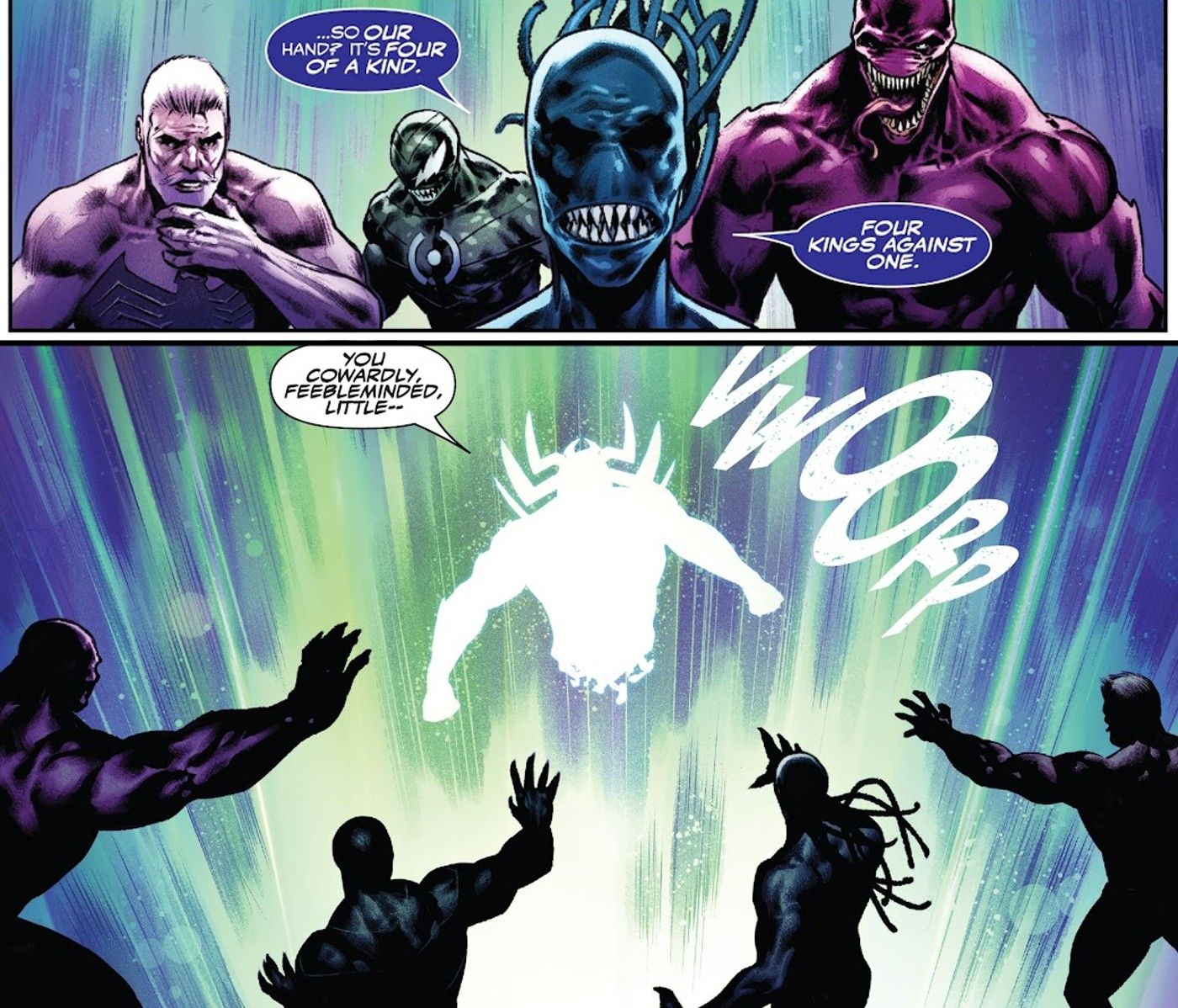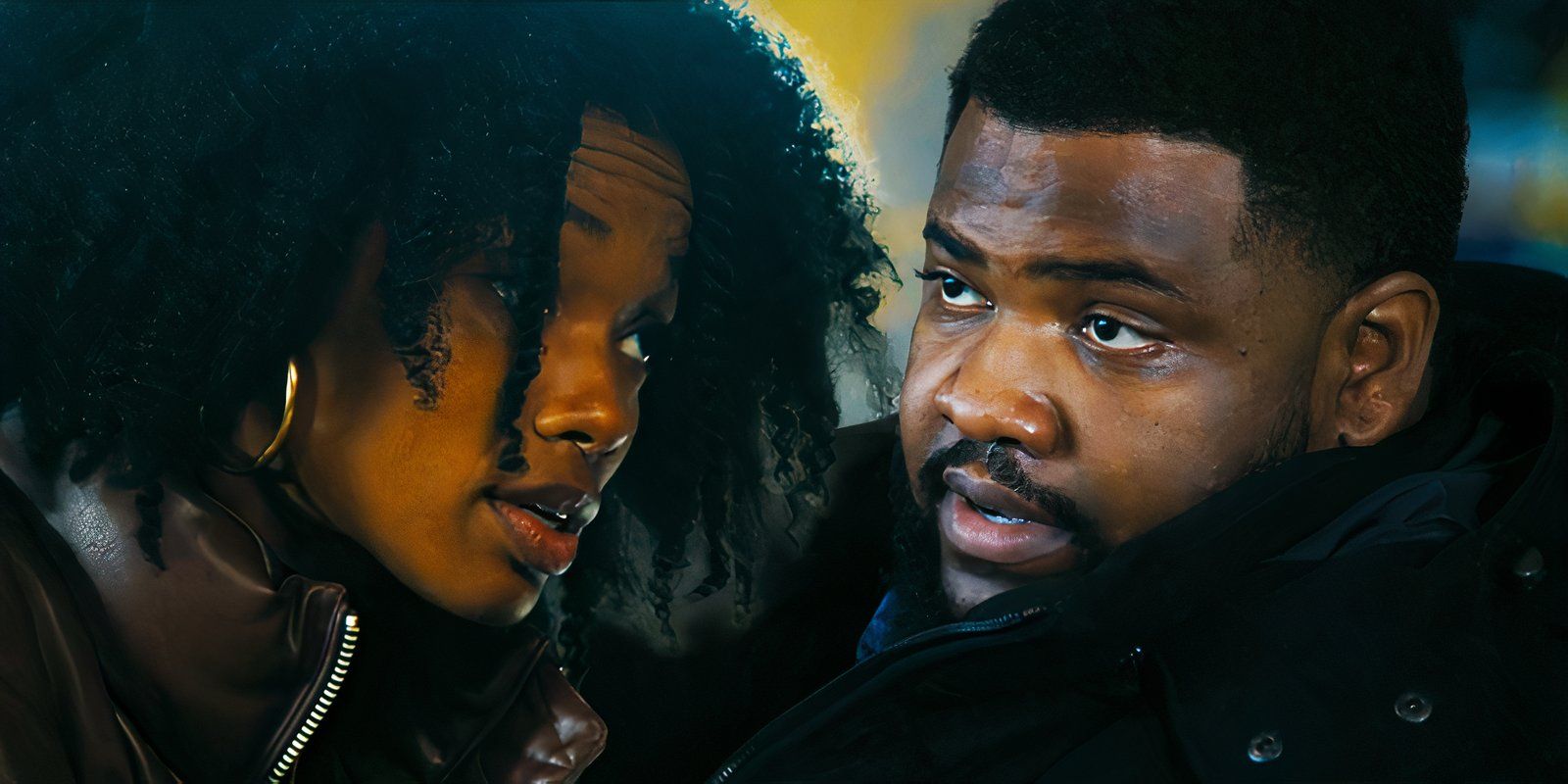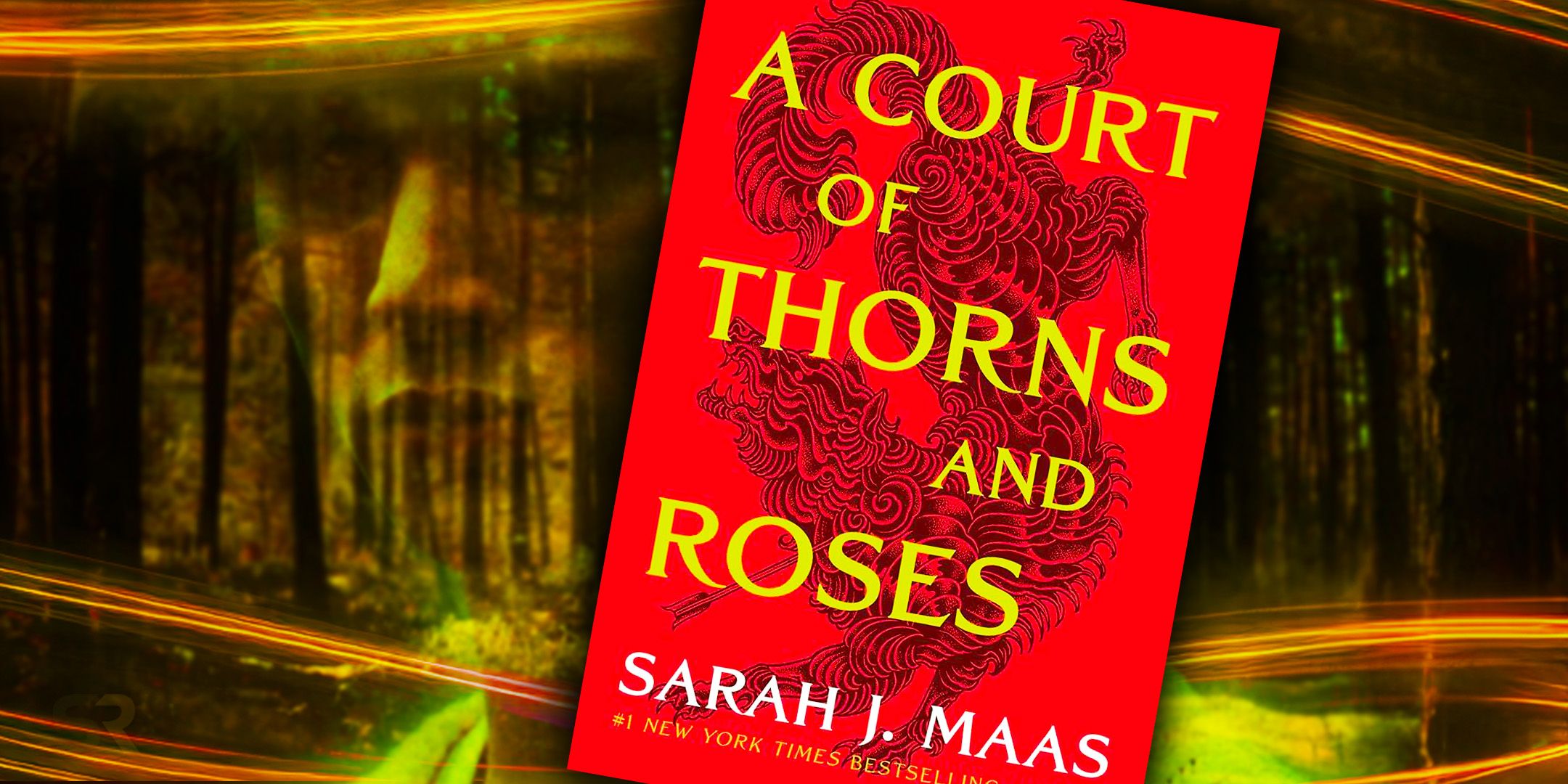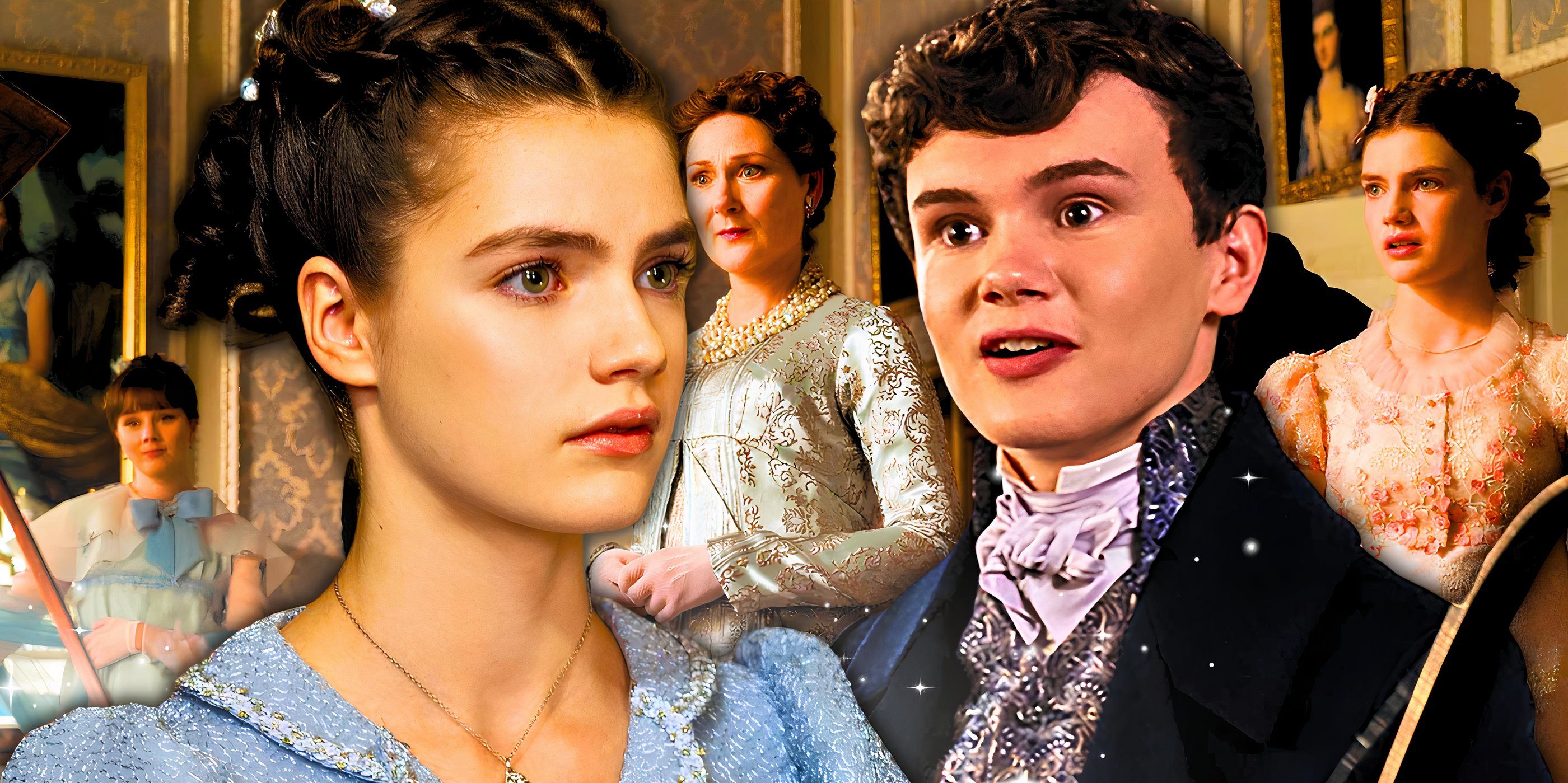There are several films that depict the American Civil War, but some of these movies contain glaring historical inaccuracies. While it’s not possible to get everything correct about a well-documented period in history, some movies about the American Civil War seem to mix fact with fiction. Great care has always been taken when it comes to the depiction of the American Civil War, and some of the best Civil War movies make an effort to stay as close to history as possible.
Others, however, fall short on that front. For instance, Gone With the Wind isn’t just problematic because of its depiction of race. Several historical experts have outlined how the movie does not accurately represent the damage the American Civil War left in its wake. As entertaining as the American Civil War movies are, it’s important to note that they are not a form of education. While it’s possible to learn about history from movies, it’s good to remember that these narratives are usually a dramatization of events.
9 The Outlaw Josey Wales (1976)
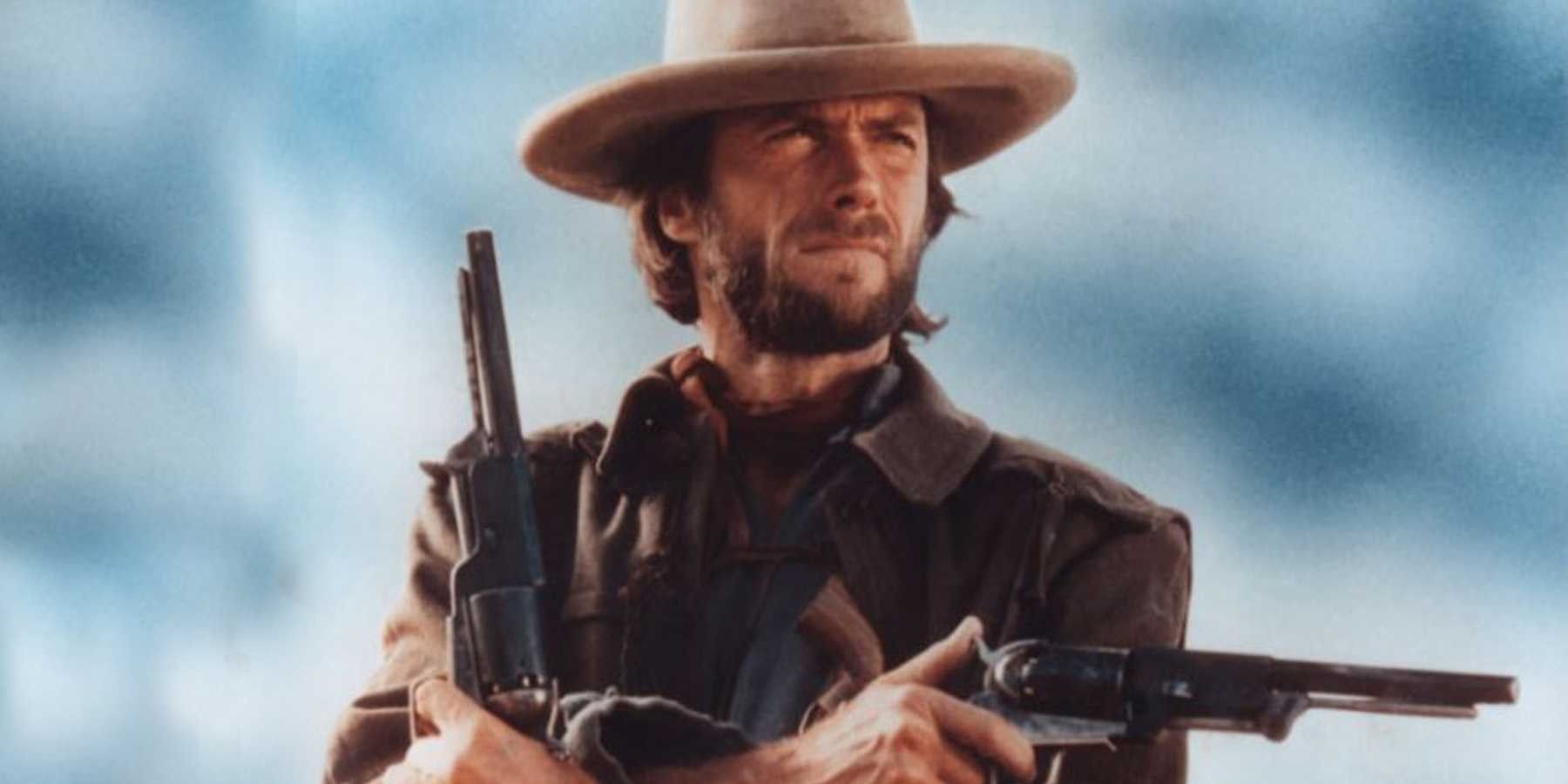
The Outlaw Josey Wales is a 1976 movie from Clint Eastwood that tackles the American Civil War. The movie follows Josey Wales, a former Confederate soldier whose family is murdered by Union soldiers. A grief-stricken Wales is determined to go after the soldiers and avenge his family. While Wales was a real person — and he did enact violence on Union soldiers — there are some inaccuracies to Eastwood’s interpretation of the character. Most notably, the real-life Wales didn’t attack Union soldiers because he lost his family to them (via Notes From the Frontier).
8 Shenandoah (1965)
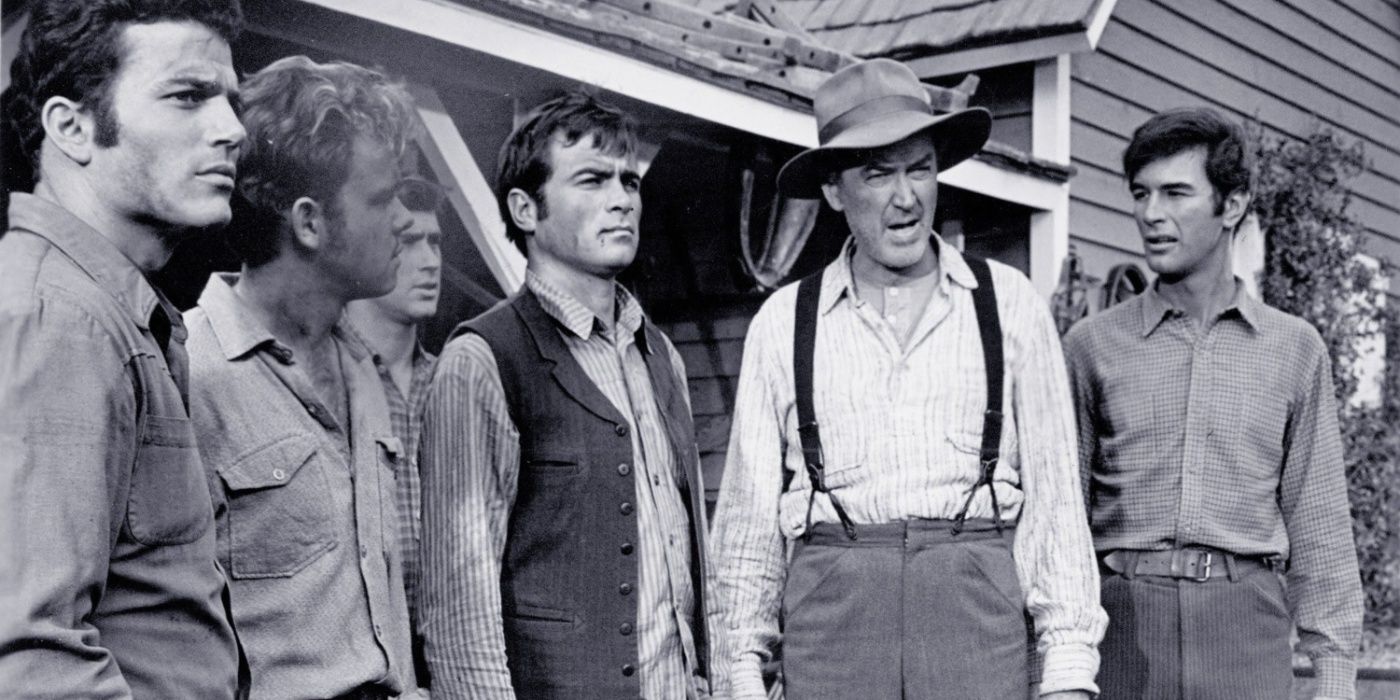
The 1965 Civil War movie Shenandoah follows Charlie Anderson, a quiet farmer who has no interest in joining the war until one of his sons is captured by Union soldiers. One of the best things about the movie is how it reflects the cultural and racial shift after the 1964 Civil Rights Act. However, there is a scene that shows Black and white soldiers in the same platoon. That’s not historically accurate, as the U.S. military was segregated until after World War II (via Emerging Civil War). Despite this inaccuracy, the movie is still a sweeping tale about the moral dilemmas people faced during the Civil War.
7 Lincoln (2012)
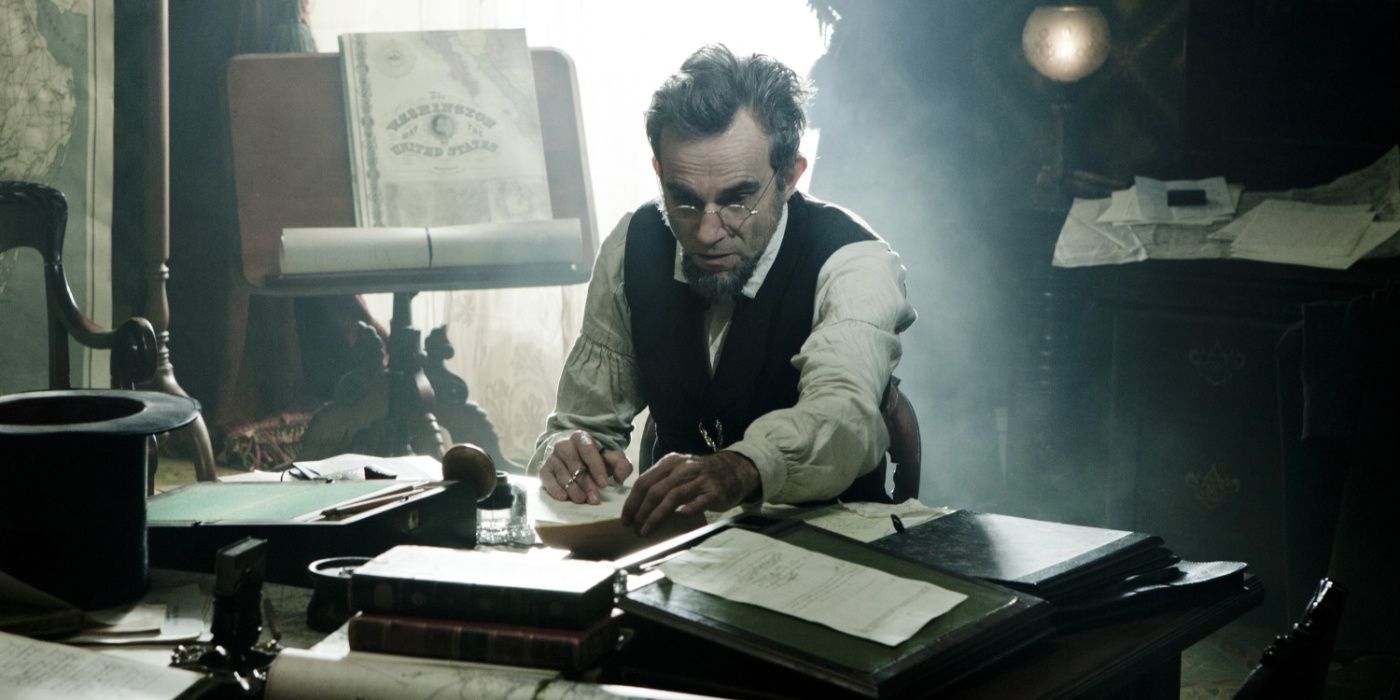
Steven Spielberg’s Lincoln is considered one of the best movies depicting the American Civil War. Based on Doris Kearn’s novel, A Team of Rivals, Lincoln tells the story of Abraham Lincoln during the Civil War and the passage of the 13th Amendment. As good as Lincoln is, it’s difficult to get every detail right when a movie is based on a real-life historical figure. However, the movie does get a few things correct, including Lincoln’s voice, his love of storytelling, and the pardons he gave deserters. That being said, there are still some questions pertaining to how accurate Lincoln is.
Although Lincoln is more accurate than some Civil War films, the movie gets some things wrong. For instance, the depiction of Lincoln’s 1865 cabinet being full of political rivals isn’t accurate. Instead of being full of political rivals, Lincoln’s cabinet was full of loyalists who were on his side. The movie also showed Lincoln swearing at his cabinet and hitting his son. As far as historical records go, Lincoln rarely swore, and there is no evidence that he was abusive toward his son. Most of the changes made in regard to historical accuracy were merely for dramatic purposes (via Free Tours by Foot).
6 Cold Mountain (2003)
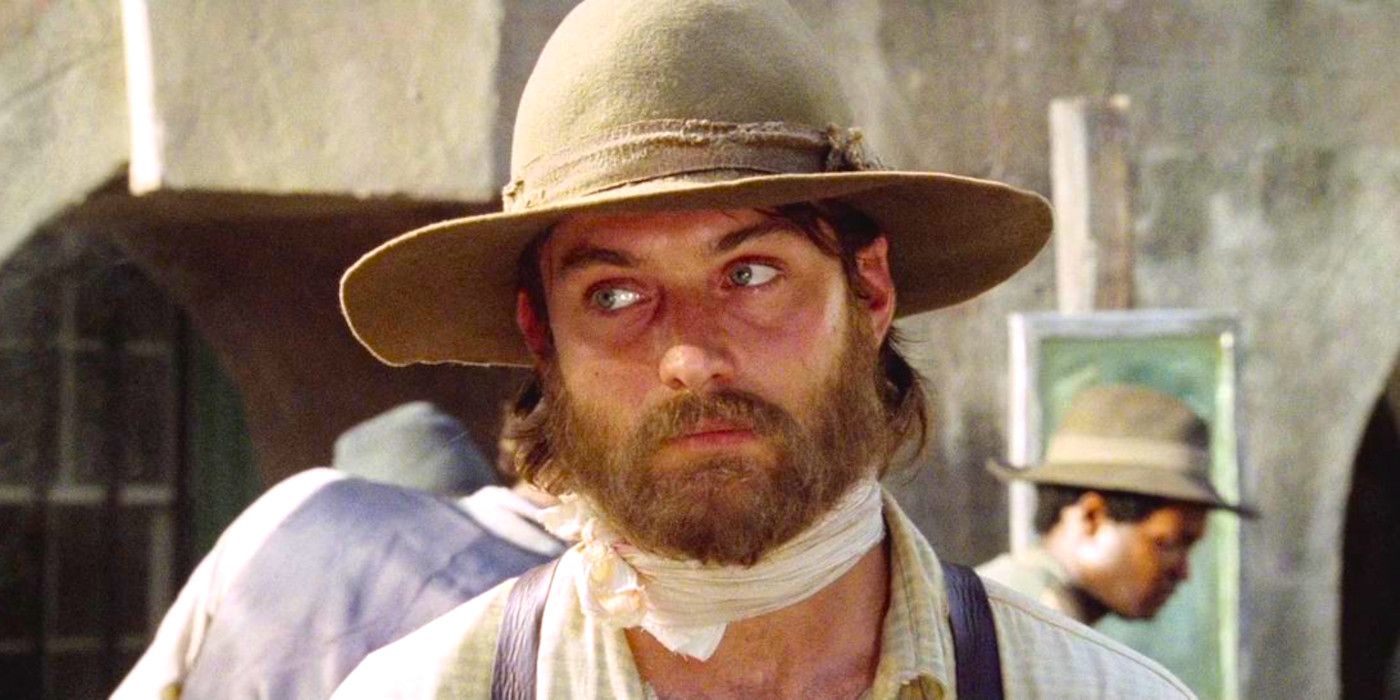
Cold Mountain is a love story that is set against the backdrop of one of the bloodiest wars in American history. Based on Charles Frazier’s best-selling novel of the same name, the critically acclaimed movie tells the story of a Confederate soldier who deserts the war in order to be with his true love. According to a historians’ review of Jude Law’s historical romance, the movie used its creative license liberally. Cold Mountain does not accurately depict how Ada would have looked if she were truly toiling on the farm. She’s always made up and put together despite the type of work she’s doing (via History Goes to the Movies).
Cold Mountain also does not depict how loyal people were to the Union. If a soldier deserted, the Union soldiers would not only hunt them down but look for their family as well. There’s a scene in the movie about a turkey shoot, and that’s exaggerated. During the turkey shoot, the bombs didn’t go off, causing one brave soldier to go in and set it off. Instead, in the movie, the soldiers put up sandbags and hide behind them when they should have checked if the fuse was lit (via Insider).
5 Glory (1989)
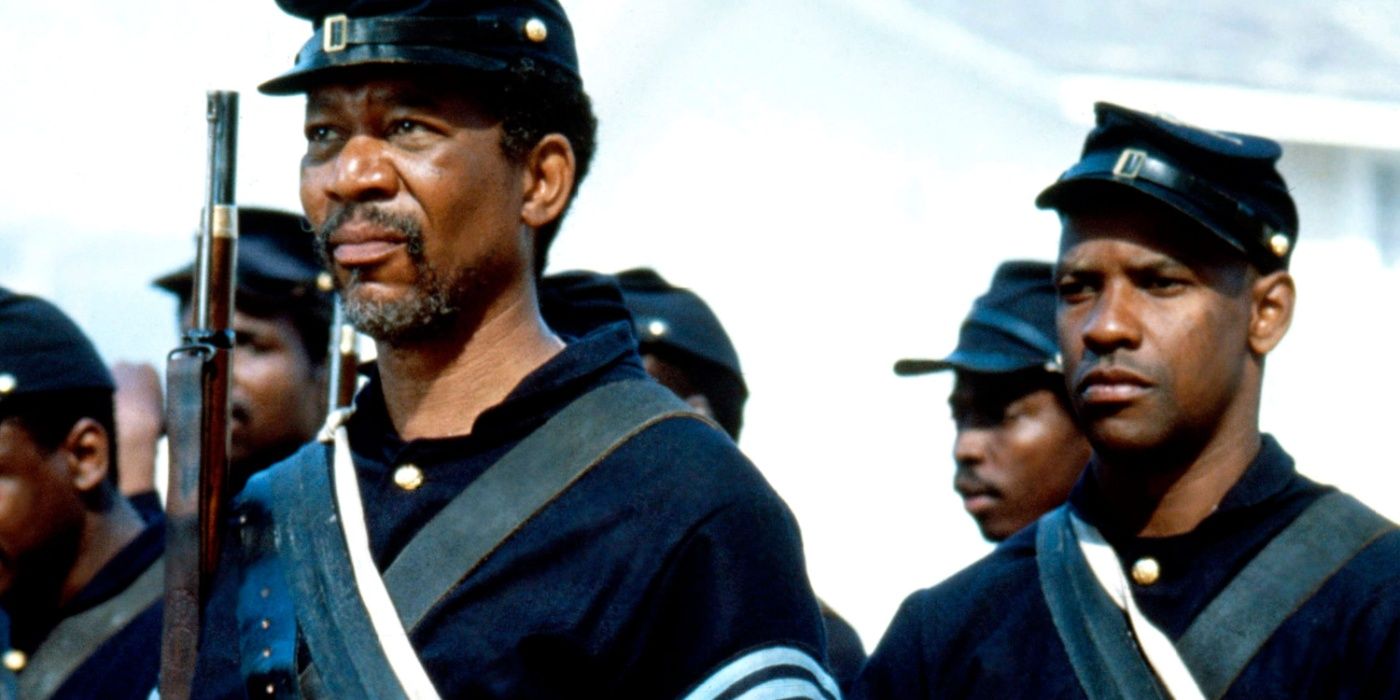
Glory is a depiction of the first African-American regiment in the northern states, called the 54th Massachusetts. The movie was integral in showing that there were, in fact, African-American soldiers in the federal Army. Even though that’s accurate, there are some scenes that used the good old Hollywood flair. It’s not historically accurate that Black soldiers had to struggle to find good equipment or that they were escaped field hands. Governor Andrews actually carefully chose the soldiers and ensured that they had all the equipment they needed to fight in the war (via The Kansas City Public Library).
4 The Good, The Bad And The Ugly (1995)
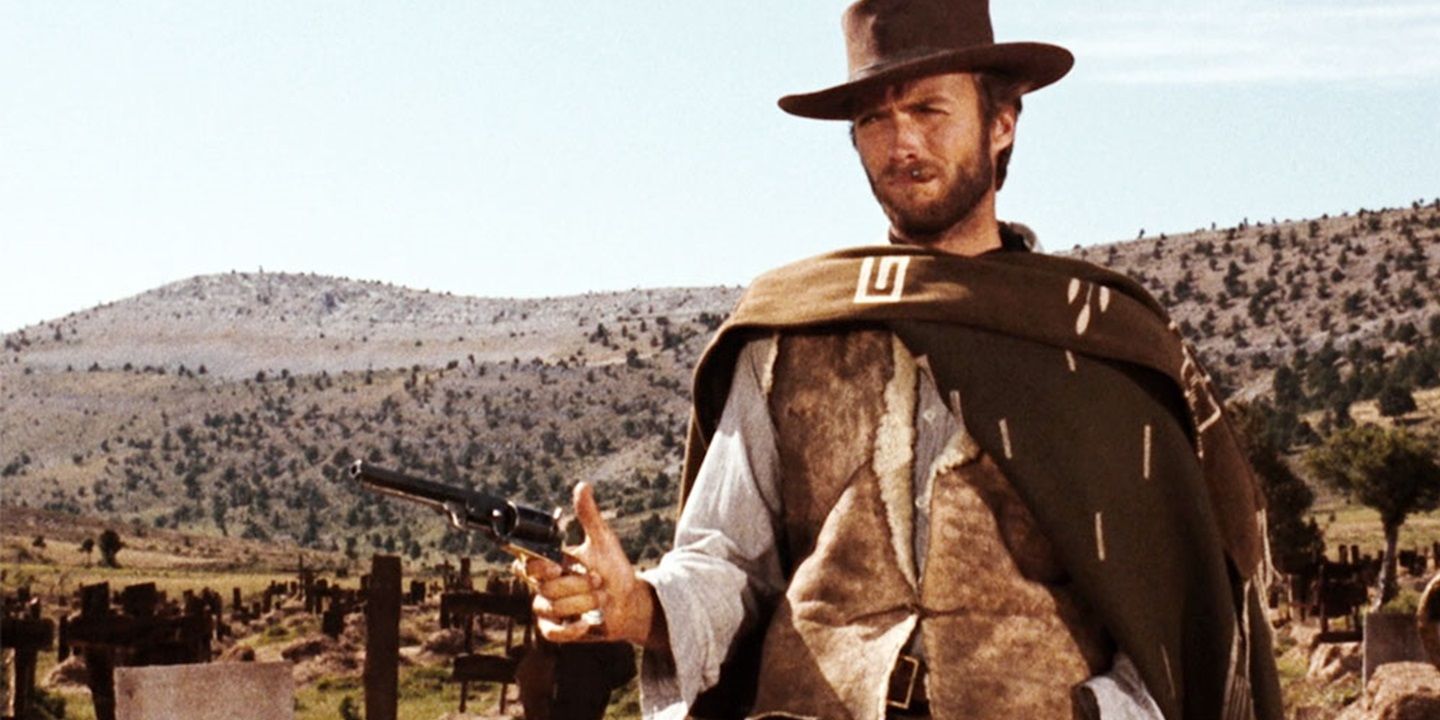
Clint Eastwood’s The Good, the Bad and the Ugly, follows three gunslingers as they search for buried Confederate gold. Despite the movie being one of Eastwood’s greatest works, history experts criticized its historical inaccuracy. One of the glaring inaccuracies in The Good, the Bad and the Ugly is the use of Gatling guns. While it is true that Gatling guns were used in the Civil War, they were not used in 1862, nor were they around in New Mexico during the period depicted in the movie. Additionally, it’s not accurate that a group of 80 soldiers charged against the enemy. That was simply not done at the time (via Insider).
3 Gettysburg (1993)
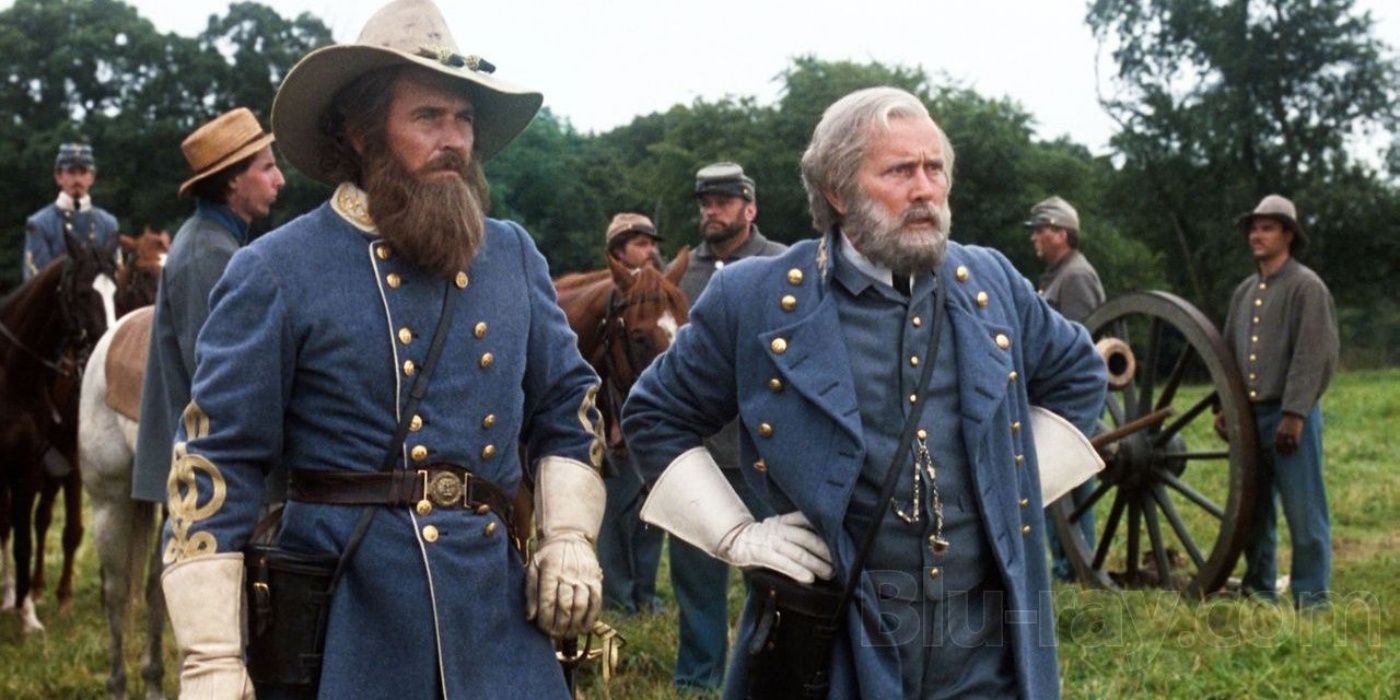
Based on Michael Shaara’s novel Killer Angels, Gettysburg gives an account of the three-dayGe ttysburg battle. Gettysburg gets a lot right, but there are some things about the movie that warrant a closer look. The fact that Union Major General George Meade’s importance to the war isn’t highlighted in the movie does it a great disservice. Even though he was as important to the war as Robert E. Lee, he’s hardly seen in the movie. Additionally, Lee’s conversations are highly exaggerated. They actually did not talk that much during the battle of Gettysburg (via Emerging Civil War).
2 Andersonville (1996)
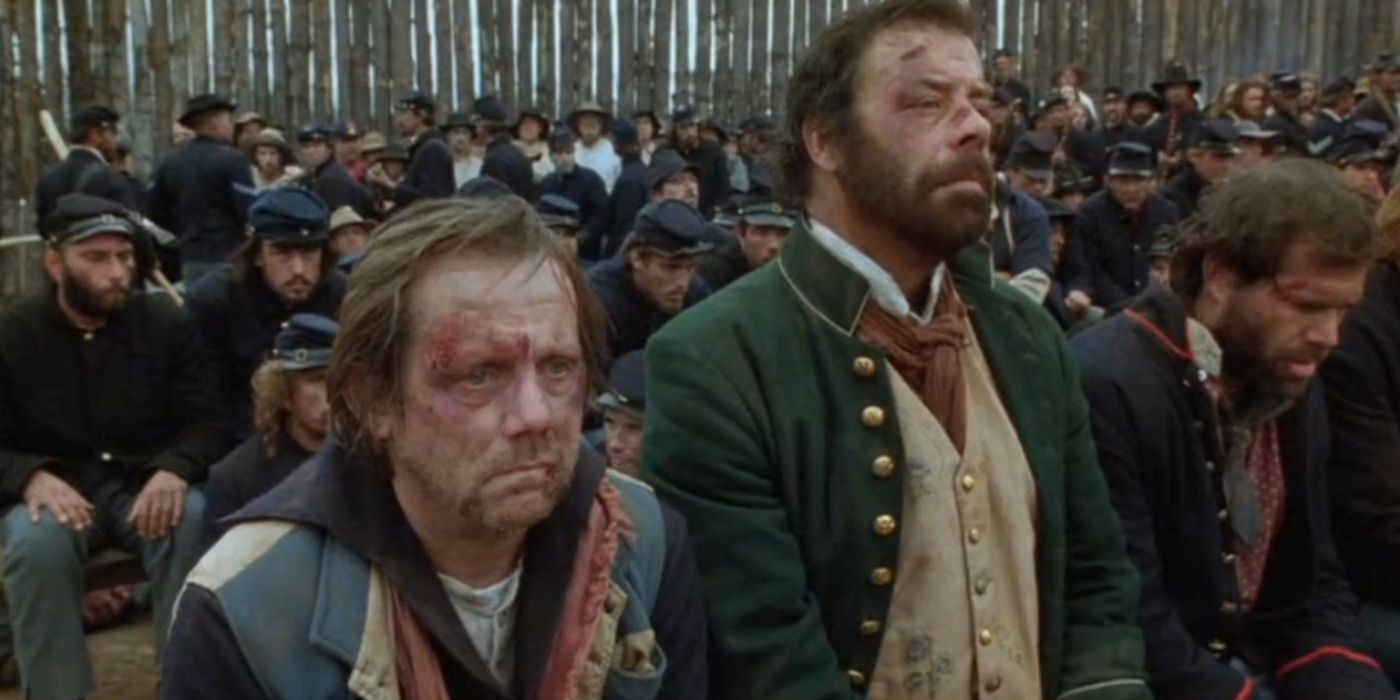
Andersonville is loosely based on a true story about John Ransom. The movie follows a group of soldiers who are captured during the Battle of Cold Harbor. The captured men are transported to a terrible Confederate prison. Andersonville has been praised for bringing the horrible conditions present in the Confederate prison camps to light. However, some scenes in the movie are not historically accurate. For instance, its depiction of prisoner exchanges is not realistic. Prisoner exchanges were a frequent occurrence, so a soldier captured at the Battle of Antietam in 1862 wouldn’t be there two years later (via History Net).
1 Gone With The Wind (1939)
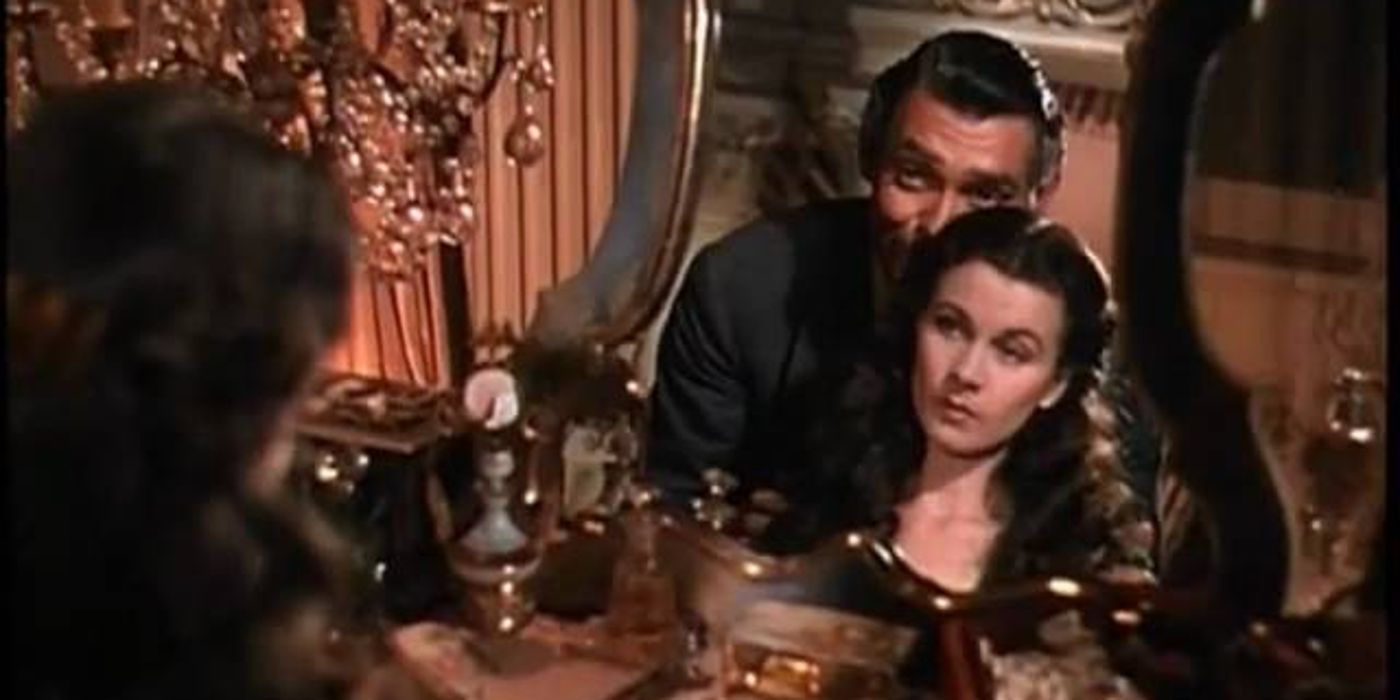
The 1939 movie Gone With the Wind was always problematic. Granted, it’s a movie of its time, but some scenes in the film could have been made with more care. The main problem with Gone With the Wind is its one-sided portrayal of the Civil War. Not only that, but its depiction of happy plantations and content slaves is inaccurate. Gone With the Wind does nothing to convey the true horrors of the American Civil War. The true story is glossed over to favor a plot that would sit better with audiences (via Emerging Civil War).
Sources: Notes From the Frontier, Emerging Civil War, Free Tours by Foot, History Goes to the Movies, Insider, The Kansas City Public Library, Insider, Emerging Civil War, History Net, Emerging Civil War
